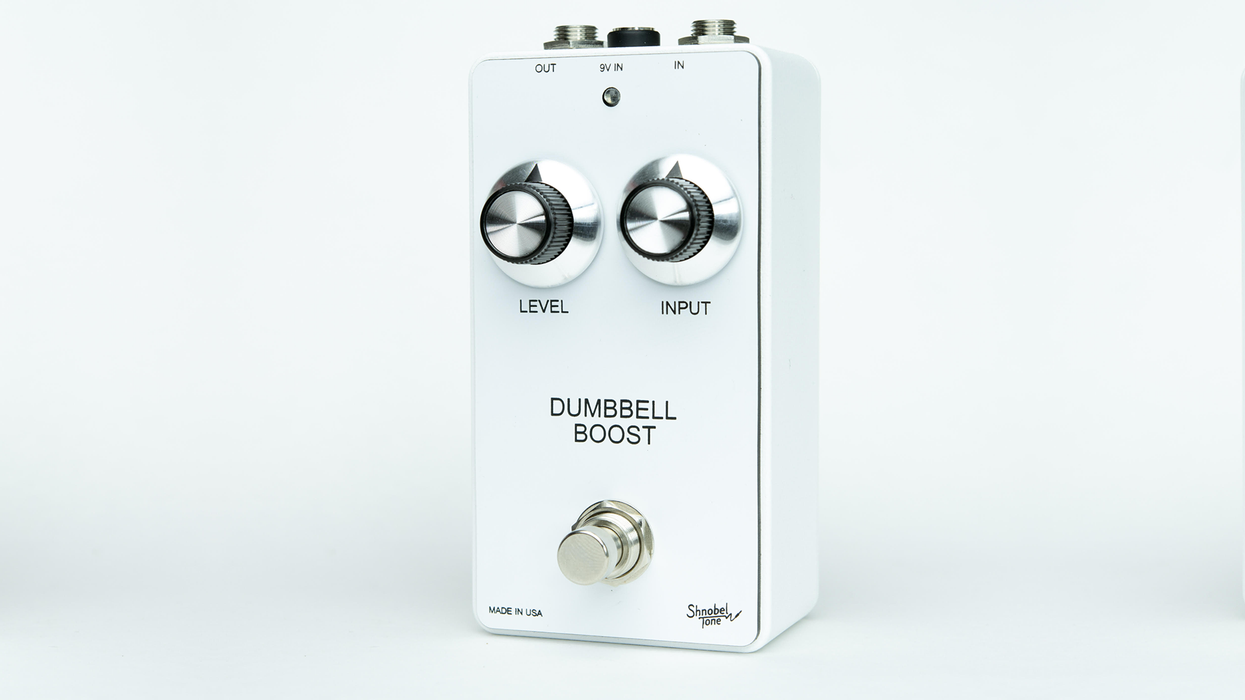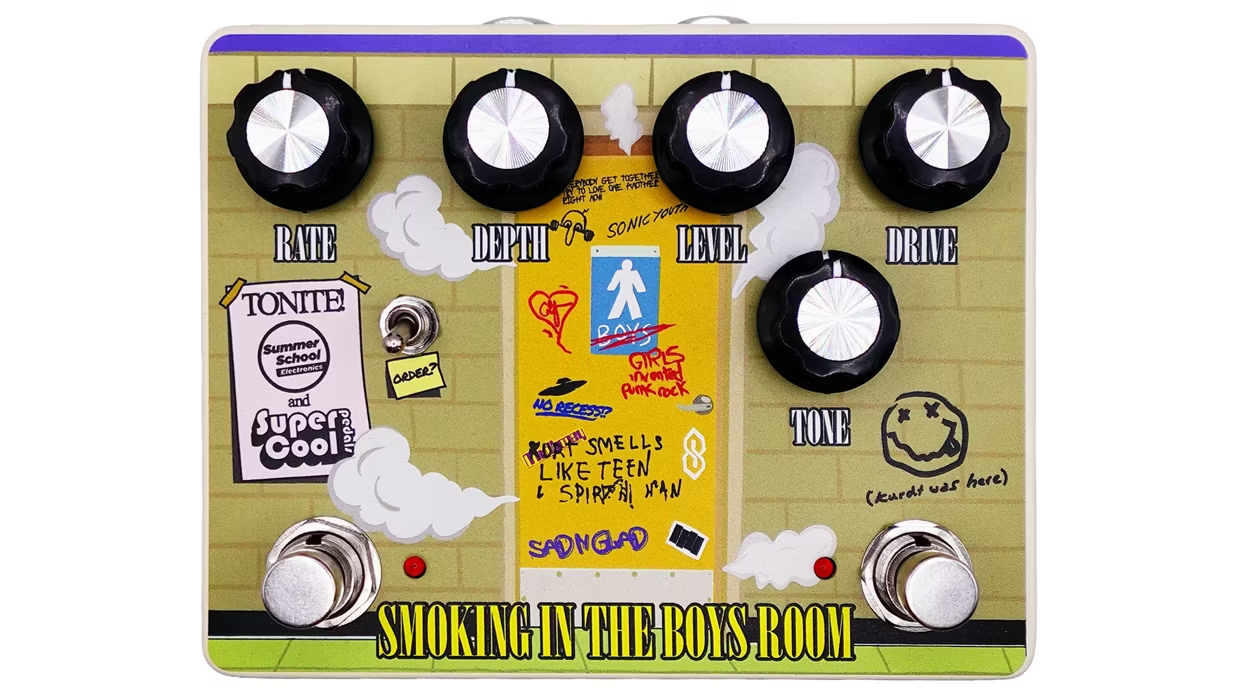Scottsdale, AZ (January 2, 2009) - New for 2009, Fender has released details of its new Road Worn series guitars and basses. The series is based on classic Fender instruments of the '50s and '60s and production methods invented at the world-renowned Fender Custom Shop. According to the company, the Road Worn series is meant to be accessible to every player who has the desire to take music on the open road and just drive. Prices to be announced.
**update** Here's a link to our NAMM video of the Road Worn Series.
 '50s Strat
'50s Strat
Distressed body, neck, and hardware creating an aged appearance
Aged knobs and switch tip,
Vintage styling
Synthetic bone nut
5-position blade:
Position 1 bridge pickup
Position 2 bridge and middle pickup
Position 3 middle pickup
Position 4 middle and neck pickup
Position 5 neck pickup
2-color sunburst or black (nitro finish)
Alder body
maple neck, soft "V" shape (poly finish)
maple fingerboard, 7.25" radius
1.650" width at nut
21 frets (6105 narrow jumbo)
3 Tex-Mex Strat single-coil pickups with staggered alnico magnet pole pieces and parchment covers
Vintage style synchronized tremolo
Fender/Ping vintage style tuning machines
chrome hardware
1 ply white, 8 hole pickguard
 '60s Strat
'60s Strat
Distressed body, neck, and hardware creating an aged appearance,
Aged knobs, pickup covers and switch tip
Vintage styling
Synthetic bone nut
5-position blade:
Position 1 bridge pickup
Position 2 bridge and middle pickup
Position 3 middle pickup
Position 4 middle and neck pickup
Position 5 neck pickup
3-Color Sunburst or Olympic White (nitro finish)
Alder body
Maple neck, "C" shape (Urethane Finish)
Maple fingerboard, 7.25" radius
1.650" width at nut
21 frets (6105 narrow jumbo)
3 Tex-Mex Strat single-coil pickups with staggered, alnico magnet pole pieces and parchment covers
Vintage style synchronized tremolo
Fender/Ping vintage style tuning machines
chrome hardware
3 ply Mint Green pickguard
 '50s Tele
'50s Tele
Distressed body, neck, and hardware creating an aged appearance
Vintage stylings
Synthetic bone nut
3-Position Blade:
Position 1 bridge pickup
Position 2 bridge and neck pickup
Position 3 neck pickup
Ash body
2-color sunburst
blonde (satin lacquer finish)
maple neck, "C" shape (poly finish)
maple fingerboard, 7.25" radius
1.650" width at nut
21 (6105 narrow jumbo frets)
2 Tex-Mex Tele single-coil pickups with alnico magnet pole pieces
Vintage style 3-Saddle strings-thru-body tele bridge
Fender/Ping vintage style tuning machines
2-color sunburst or blonde (satin lacquer finish)
 '50s P Bass
'50s P Bass
Distressed body, neck and hardware creating an aged and worn appearance,
Vintage styling
Gold anodized aluminum pickguard,
Synthetic bone nut
Alder body
2-color sunburst, Fiesta Red (nitro finish)
maple neck, 7.25" radius
1.750" nut
20 vintage style frets
1 Precision Bass split single-coil pickup (Mid)
nickel/chrome hardware
American vintage Precision/Jazz bass bridge
Vintage style reverse tuning machines
 '60s J Bass
'60s J Bass
Distressed body, neck and hardware creating an aged and Worn appearance,
Vintage styling
Gold anodized aluminum pickguard,
Synthetic bone nut
Alder body
3-color sunburst, Fiesta Red (nitro finish)
rosewood neck, 7.25" radius
1.50" nut
20 vintage style frets
2 Standard vintage alnico magnet Jazz Bass single coil pickups
nickel/chrome hardware
American vintage Precision/Jazz bass bridge
Vintage style reverse tuning machines
For more info:
Premier Guitar NAMM Video
fender.com/roadworn
**update** Here's a link to our NAMM video of the Road Worn Series.
 '50s Strat
'50s StratDistressed body, neck, and hardware creating an aged appearance
Aged knobs and switch tip,
Vintage styling
Synthetic bone nut
5-position blade:
Position 1 bridge pickup
Position 2 bridge and middle pickup
Position 3 middle pickup
Position 4 middle and neck pickup
Position 5 neck pickup
2-color sunburst or black (nitro finish)
Alder body
maple neck, soft "V" shape (poly finish)
maple fingerboard, 7.25" radius
1.650" width at nut
21 frets (6105 narrow jumbo)
3 Tex-Mex Strat single-coil pickups with staggered alnico magnet pole pieces and parchment covers
Vintage style synchronized tremolo
Fender/Ping vintage style tuning machines
chrome hardware
1 ply white, 8 hole pickguard
 '60s Strat
'60s StratDistressed body, neck, and hardware creating an aged appearance,
Aged knobs, pickup covers and switch tip
Vintage styling
Synthetic bone nut
5-position blade:
Position 1 bridge pickup
Position 2 bridge and middle pickup
Position 3 middle pickup
Position 4 middle and neck pickup
Position 5 neck pickup
3-Color Sunburst or Olympic White (nitro finish)
Alder body
Maple neck, "C" shape (Urethane Finish)
Maple fingerboard, 7.25" radius
1.650" width at nut
21 frets (6105 narrow jumbo)
3 Tex-Mex Strat single-coil pickups with staggered, alnico magnet pole pieces and parchment covers
Vintage style synchronized tremolo
Fender/Ping vintage style tuning machines
chrome hardware
3 ply Mint Green pickguard
 '50s Tele
'50s TeleDistressed body, neck, and hardware creating an aged appearance
Vintage stylings
Synthetic bone nut
3-Position Blade:
Position 1 bridge pickup
Position 2 bridge and neck pickup
Position 3 neck pickup
Ash body
2-color sunburst
blonde (satin lacquer finish)
maple neck, "C" shape (poly finish)
maple fingerboard, 7.25" radius
1.650" width at nut
21 (6105 narrow jumbo frets)
2 Tex-Mex Tele single-coil pickups with alnico magnet pole pieces
Vintage style 3-Saddle strings-thru-body tele bridge
Fender/Ping vintage style tuning machines
2-color sunburst or blonde (satin lacquer finish)
 '50s P Bass
'50s P BassDistressed body, neck and hardware creating an aged and worn appearance,
Vintage styling
Gold anodized aluminum pickguard,
Synthetic bone nut
Alder body
2-color sunburst, Fiesta Red (nitro finish)
maple neck, 7.25" radius
1.750" nut
20 vintage style frets
1 Precision Bass split single-coil pickup (Mid)
nickel/chrome hardware
American vintage Precision/Jazz bass bridge
Vintage style reverse tuning machines
 '60s J Bass
'60s J BassDistressed body, neck and hardware creating an aged and Worn appearance,
Vintage styling
Gold anodized aluminum pickguard,
Synthetic bone nut
Alder body
3-color sunburst, Fiesta Red (nitro finish)
rosewood neck, 7.25" radius
1.50" nut
20 vintage style frets
2 Standard vintage alnico magnet Jazz Bass single coil pickups
nickel/chrome hardware
American vintage Precision/Jazz bass bridge
Vintage style reverse tuning machines
For more info:
Premier Guitar NAMM Video
fender.com/roadworn




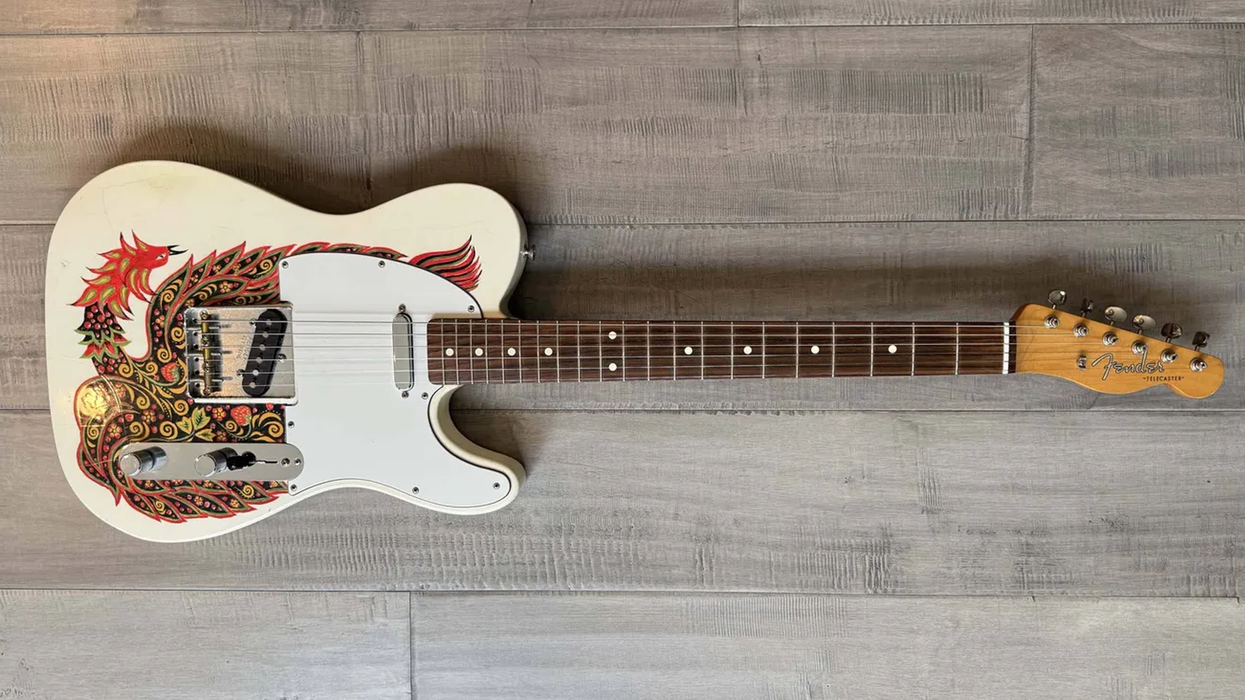
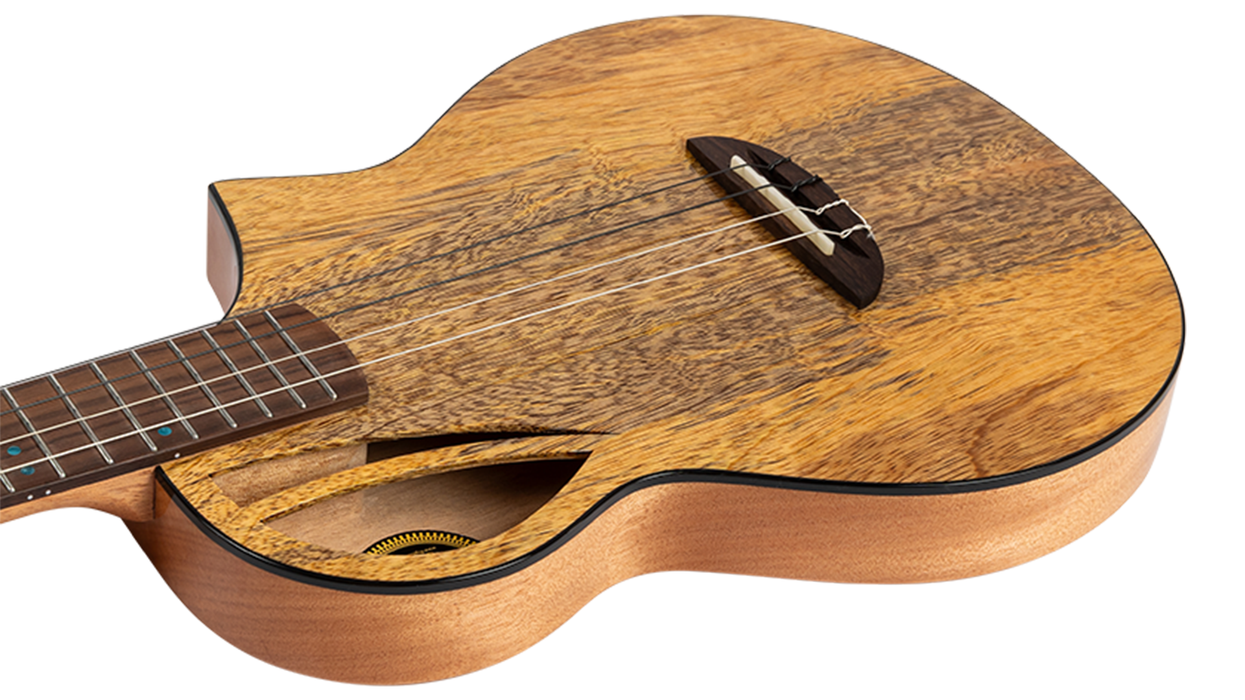
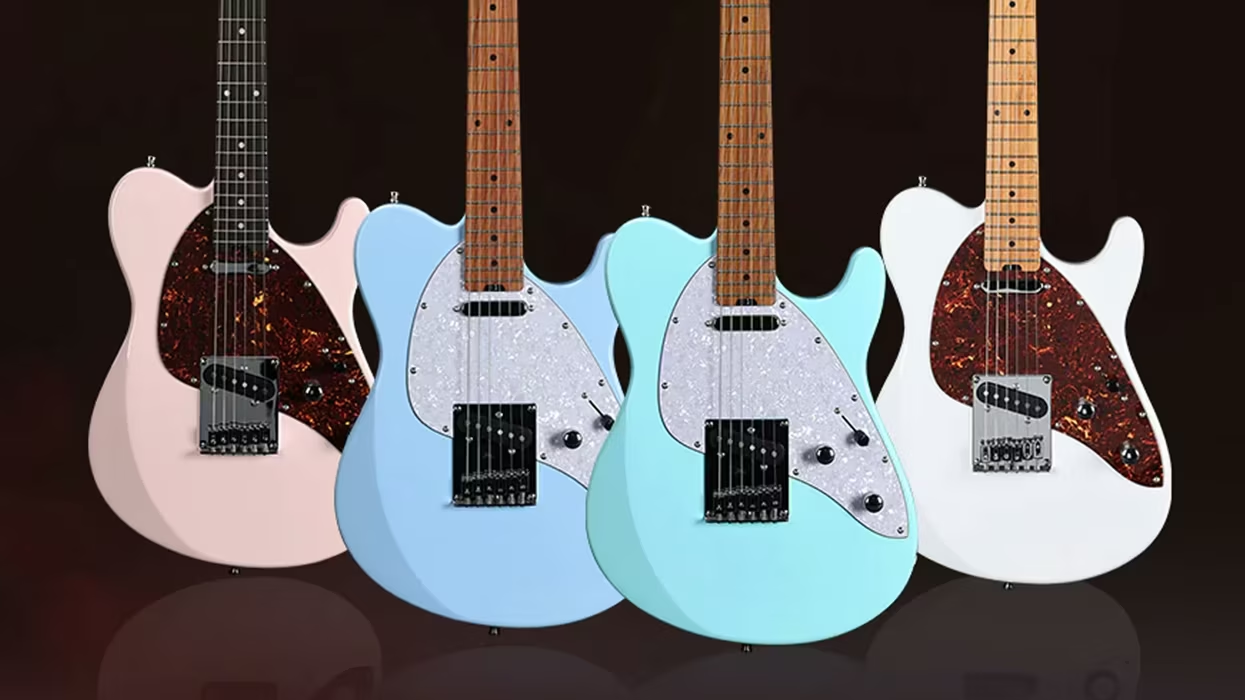
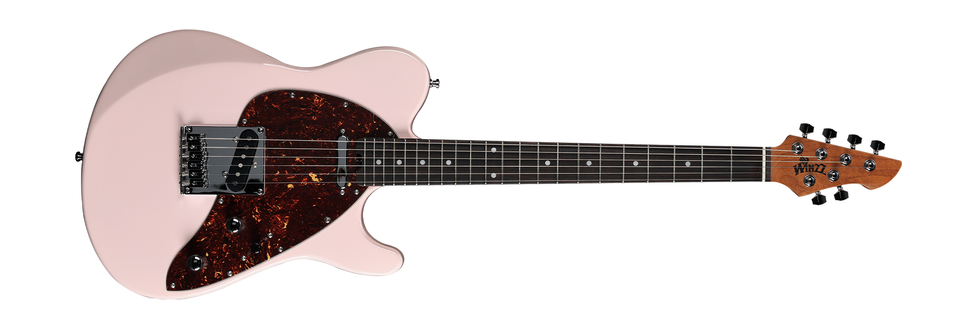
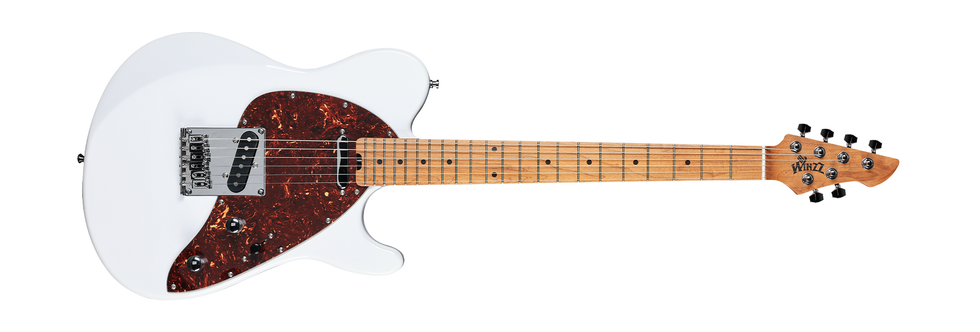
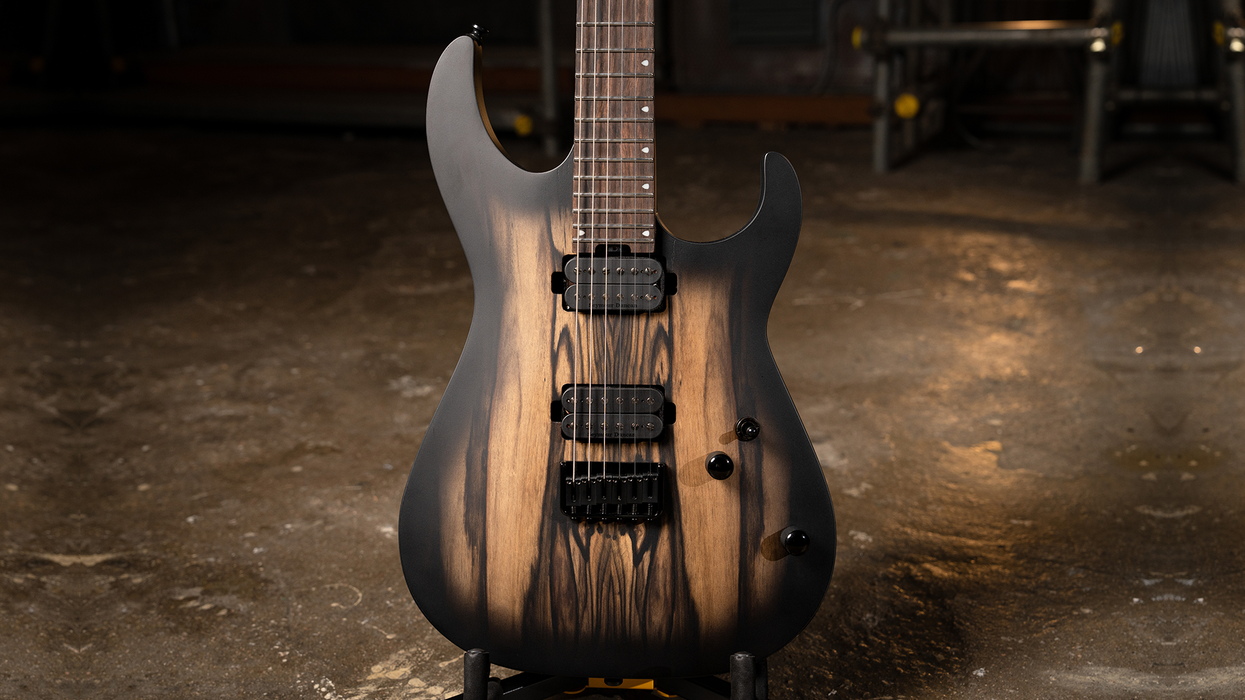


![Rig Rundown: Russian Circles’ Mike Sullivan [2025]](https://www.premierguitar.com/media-library/youtube.jpg?id=62303631&width=1245&height=700&quality=70&coordinates=0%2C0%2C0%2C0)


